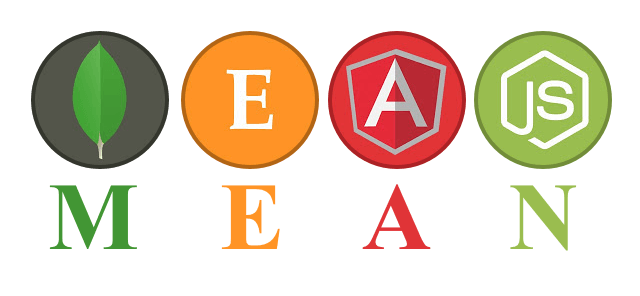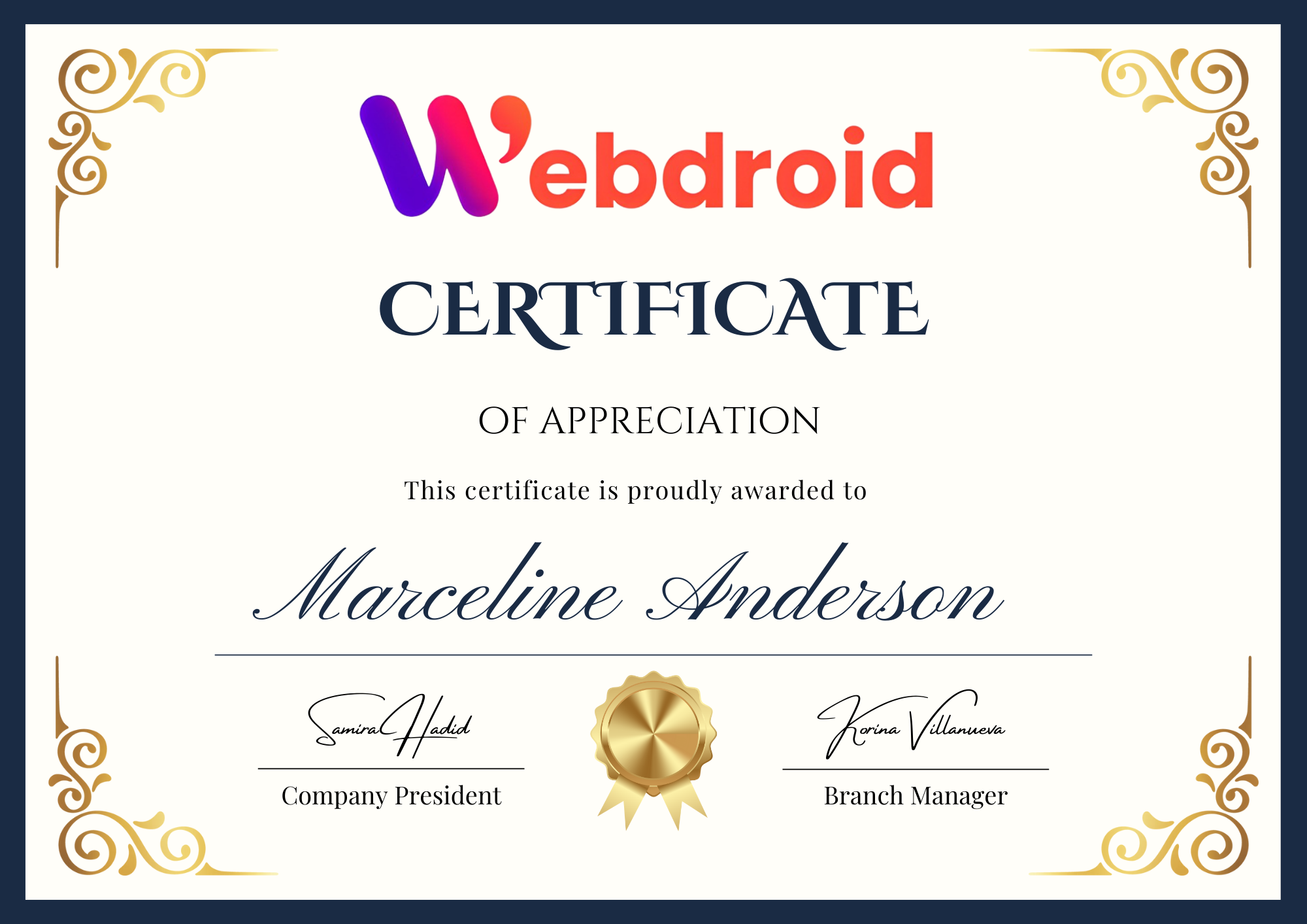Mean Stack Developer Course
Live Instructor-Led Classes with Project-Based Learning in Mean Stack Developer Course
- 6-Month Training
- 2-Year LMS Access
- A Dedicated Job Application Portal




Course Highlights
Weekly Live Sessions
Doubt Clarification Sessions
Hands-on Coding Exercises
A Dedicated Success Coach
Master classes by Industry Experts
2-Year LMS access
Certificate of Accomp-lishment
Flexible EMI Options

Mean Stack Developer Course Overview
Are you ready to become a full-stack developer and build dynamic web applications using the MEAN stack?
Our MEAN Stack Developer Course is a live, instructor-led program designed to teach you both front-end and back-end development using MongoDB, Express.js, Angular, and Node.js—the key technologies of the MEAN stack. Over 6 months, you’ll gain hands-on experience in creating dynamic, fast, and scalable web applications from scratch. The course covers everything from building RESTful APIs and server-side logic to developing responsive user interfaces with Angular, ensuring you become a versatile full-stack developer.
You will work on real-world projects that give you practical knowledge of database management, server-side scripting, and client-side development, along with insights into deployment and cloud platforms. This course equips you with the complete skill set needed to design, build, and deploy full-stack web applications using MEAN technologies.
Contact a career counselor today to learn more about your eligibility and take the first step toward becoming a proficient MEAN stack developer!
Career Services in a nutshell
Get ready for your dream job! Attend comprehensive industry readiness training with Career Services.
- Communication and aptitude training
- Mock interviews
- 200+ jobs available on our placement portal
- Workshops on workplace behaviour
Learn workplace skills!
Your working style and behavior decide if you are a good cultural fit. Learn the right skills so you never feel out of place at work.
Sell your skills, and sell them well.
You are halfway there if you have a great resume and an optimized online presence. Work with our experts to build your professional profiles.
Attend mock interviews!
Get a grip on those pre-interview nerves. Test and practice your skills with mock interview sessions.
Mean Stack Developer Course Syllabus
An industry-aligned curriculum to make you productive from day one – we update the curriculum every month to make sure you learn the most in-demand skills.
- Welcome
- What We Will Learn
- Course Specifics
- Section Introduction
- Where did MEAN came from ?
- Our Take on MEAN
- MEAN Application Architecture
- Section Summary
- Section Introduction
- How this will Go ?
- Course Project intro
- Setup
- Discover Node.js
- What are Node.js & Express?
- Try Node from Command Line
- Set up a Node.js app
- Use GIT with C9.io
- Work With Express
- Get Express set up
- Create an NPM Start script
- Routing with Express
- Kickstart a Node Web App
- Use a Bootstrap Template
- Configuring Resources
- Manage UI Components with Bower
- Work with Gulp
- Use JSHint in Gulp
- Inject dependencies with Wiredep
- Injection with Gulp-Inject
- Watch Changes with Nodemon
- Work with Node Templating Engines
- Review of Templating Engine Options
- Begin with EJS
- Put EJS to Work
- More Express Routing
- Use a Router
- New Pages
- Separate code into different files
- Wire our new pages back to Express & Node
- Use a Database with Node.js
- Get MongoDB setup and installed
- Get Events data ready to be inserted into MongoDB
- Write code to insert our data into MongoDB
- Query MongoDB and display results in our page
- Sub-Course Wrap-Up
- Welcome to MongoDb
- Our Hands-On Project
- Setup Our Tools
- Set Up our Project
- Import Data with MongoImport
- Use the Mongo Shell
- Javascript in the Mongo Shell
- Start with Queries and Operations
- Retrieve data with .find()
- Create data with .save() & .insert()
- Update data with .update()
- Deleting data with .remove()
- Display User Data in our App
- Model New Entities
- Rules for Modeling
- Simple & Complex Models
- Modeling ‘Event’ Data
- Let’s use our new knowledge to model the ‘Event’ document for our project.
- MongoDb & Indexes
- Indexing MongoDb
- Using Indexes
- Creating Indexes
- MongoDb Aggregation Framework
- Aggregation Concepts
- Pipeline Stages & Operators
- Aggregation in our Project
- Use our Aggregated Data
- Replication & Sharding
- What are Replica Sets?
- Automated Failover
- What is Sharding?
- Rules for Sharding data
- Our Web App
- Our Project’s State
- Our app.js file
- Our Aggregate Queries
- Sub Course Wrap up
- Learning Objectives & Project Requirements Review
- Course Introduction
- Say Hello to Angular2
- How this course works
- The Course Project
- Why TypeScript with Angular2 ?
- Getting the Cloud9 Online IDE
- Setting Up the Cloud9 IDE
- Setting Up The Course Project
- Using Angular 2 Modules
- Angular Components
- Component Defined
- The Component Parts
- Tying a Component Together
- The App Component
- Bootstrapping an Angular2 App
- Building Angular2 UI
- The Component Template
- Create A Template
- The Directive Component
- Interpolation
- Angular2 Built-In Directives
- Binding in Angular2
- Property Binding
- Event Binding
- 2-Way Binding
- Formatting Bound Data with Pipes
- Advanced Component Concepts
- Interface & Components
- Styling Components
- Component Lifecycle Events
- Pipe Transform Interface
- Component Composition
- Parent/Child Components
- More Parent/Child Components
- Property Binding with @Input
- Event Binding with @Output
- Services
- Angular2 Dependency Injection
- Creating Services
- Using Services
- Service Injection
- Web Services
- Observables vs. Promises
- Using Reactive Extensions
- HTTP Requests
- Implementing Observables
- Routing Configuration
- Routes and Actions
- Routes and Views
- Routes and Parameters
- Routes and Code
- Setting Up Angular2 From Scratch
- Configuring the Compiler
- Project Dependencies
- Core Libraries
- Section Introduction
- Review of Concepts
- Section Introduction
- Angular & Express
- Create a Mean Project with Angular-CLI
- Make Express MEAN & RESTful
- RESTful Local Events in Angular2
- Section Summary
- Section Introduction
- io & mean.js
- Exchangeable Frameworks
- Scaffolding with Yeoman
- Section Summary
Tools and Technologies
Let us help you become an industry asset
Attend job readiness training along with your technical training.
Master Mean Stack developer Course with
- Live Online Classes
- Doubt Clarification
- Profile Building
- Career Services
Step 1
Apply
Step 2
Talk to A Counsellor
Step 3
Review Your Eligiblity
Step 4
Get Started
MEAN Stack Developer Course Fee
Option 1: One Time Payment
- Early Bird Offer Up To ₹10,000
- Offer only valid for the first 100 seats!
Option 2: Pay In EMI
Discuss with Your Mentors
Showcase your certificate as a symbol of your web development expertise.





